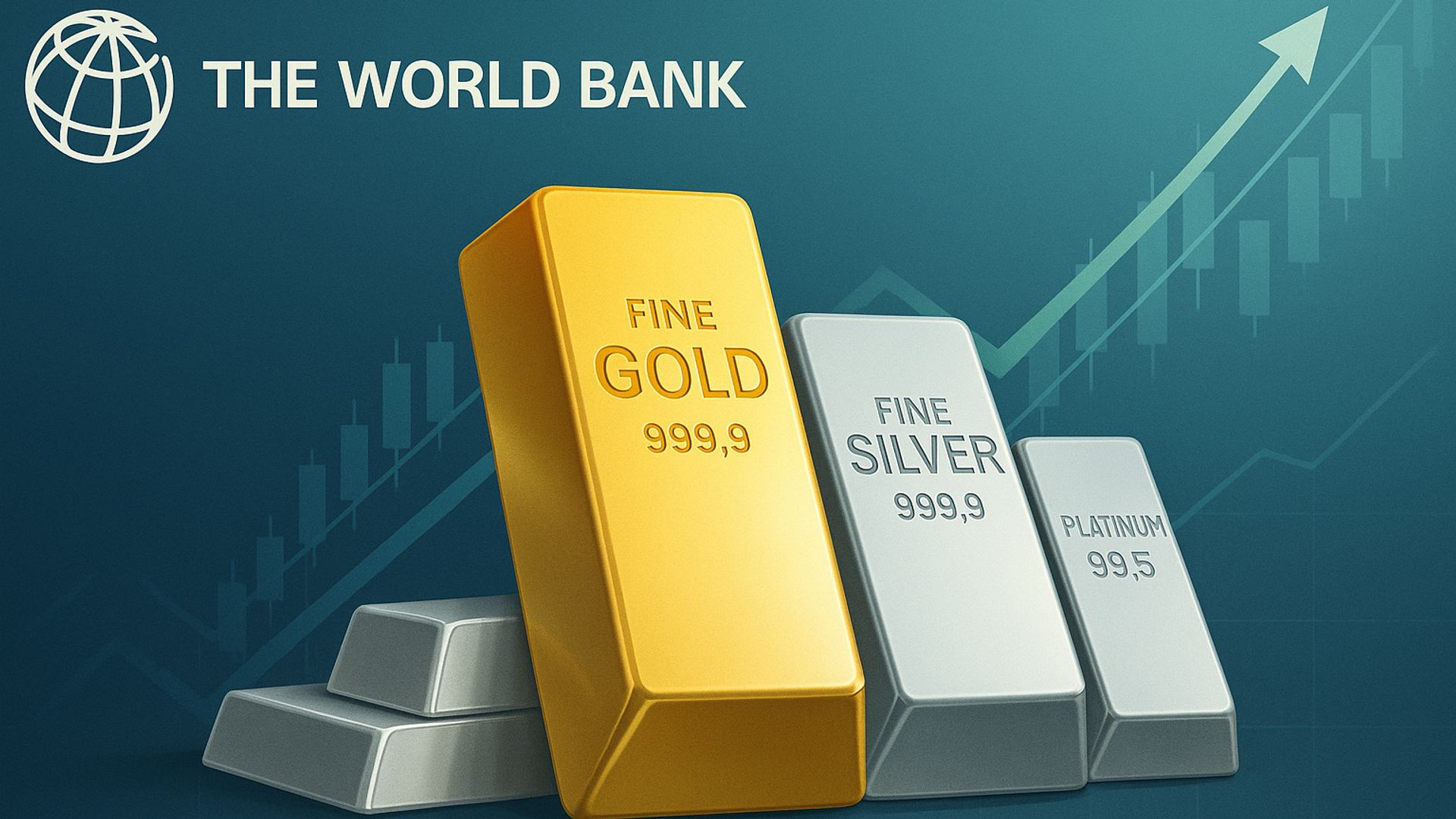In recent months, gold prices have experienced a notable uptick, driven by a mix of economic uncertainties and geopolitical tensions. According to a recent report by the World Bank, this trend is expected to continue, with silver and platinum also poised for further gains in 2025 and 2026. This article delves into the factors influencing these precious metals, the implications for investors, and the broader economic context.
The Current Landscape of Gold Prices
Gold has long been considered a safe haven asset, particularly during times of economic instability. As inflation rates soar and central banks grapple with interest rate adjustments, investors are increasingly turning to gold as a hedge against financial uncertainty. The recent rise in gold prices reflects this trend, with many analysts predicting that the upward momentum will persist in the coming years.
Factors Driving Gold Prices
Several key factors are contributing to the rising prices of gold:
Inflation Concerns: With inflation rates reaching multi-decade highs in various economies, the purchasing power of fiat currencies is under threat. Gold, historically viewed as a store of value, becomes more attractive as a protective asset.
Geopolitical Tensions: Ongoing conflicts and political instability in various regions have heightened market volatility. Investors often flock to gold during such times, driving up demand and prices.
Central Bank Policies: Central banks around the world are adjusting their monetary policies in response to economic conditions. Low interest rates and quantitative easing measures can lead to increased gold purchases as investors seek alternatives to low-yielding assets.
Silver and Platinum: The Rising Stars
While gold remains the focal point, silver and platinum are also expected to see significant gains in the next few years. The World Bank’s report highlights several reasons for this optimism.
Silver’s Industrial Demand
Silver is not only a precious metal but also a critical component in various industrial applications, including electronics, solar panels, and medical devices. As global economies recover and demand for these technologies increases, silver prices are anticipated to rise. Additionally, its lower price point compared to gold makes it an attractive investment for a broader range of investors.
Platinum’s Unique Position
Platinum, often overshadowed by gold and silver, is expected to benefit from a resurgence in automotive demand, particularly in the production of catalytic converters. As countries push for greener technologies and stricter emissions regulations, platinum’s role in the automotive industry could drive up its value significantly.
Implications for Investors
For investors, the current trends in precious metals present both opportunities and challenges. Diversifying portfolios to include gold, silver, and platinum can be a strategic move to mitigate risks associated with market volatility. However, potential investors should also remain cautious, as the market can be unpredictable.
Strategies for Investing
Physical Assets: Investing in physical gold, silver, and platinum can provide a tangible asset that holds intrinsic value. However, storage and security considerations are essential.
ETFs and Mutual Funds: Exchange-traded funds (ETFs) and mutual funds that focus on precious metals can offer a more liquid and diversified investment option.
Mining Stocks: Investing in companies that mine these metals can provide exposure to price movements while also benefiting from operational efficiencies and growth potential.
Conclusion
The rise in gold prices amid economic uncertainty, coupled with the expected gains in silver and platinum, presents a compelling narrative for investors. As the global economy navigates through challenges, the allure of precious metals as a safe haven remains strong. By understanding the factors at play and considering strategic investment options, investors can position themselves to benefit from the evolving landscape of precious metals in the years to come.




